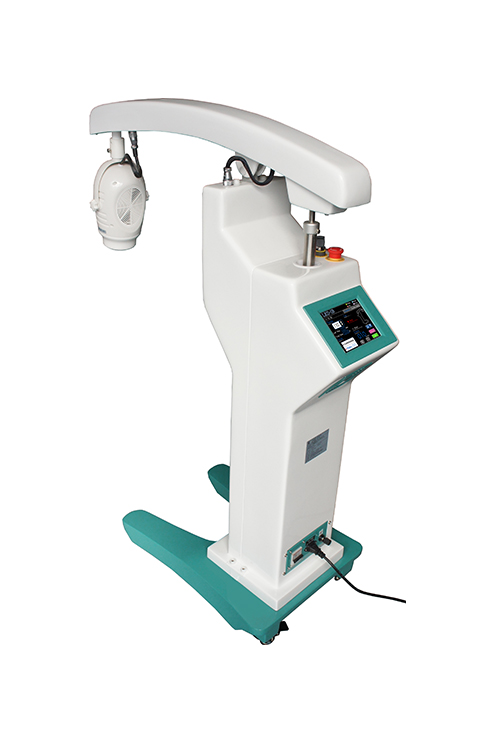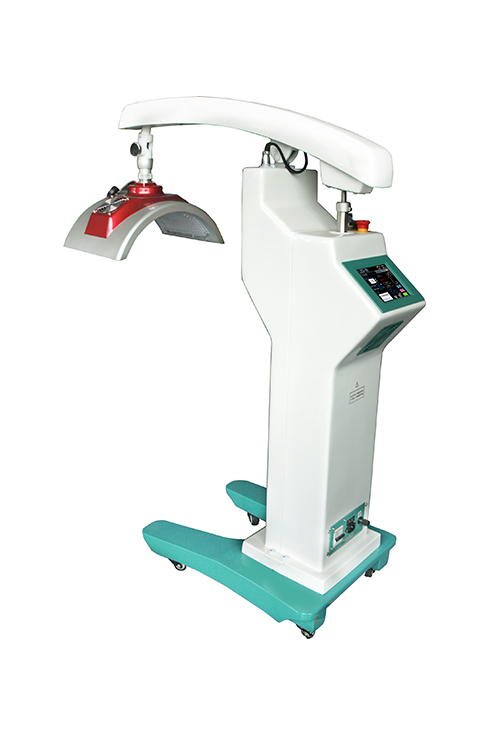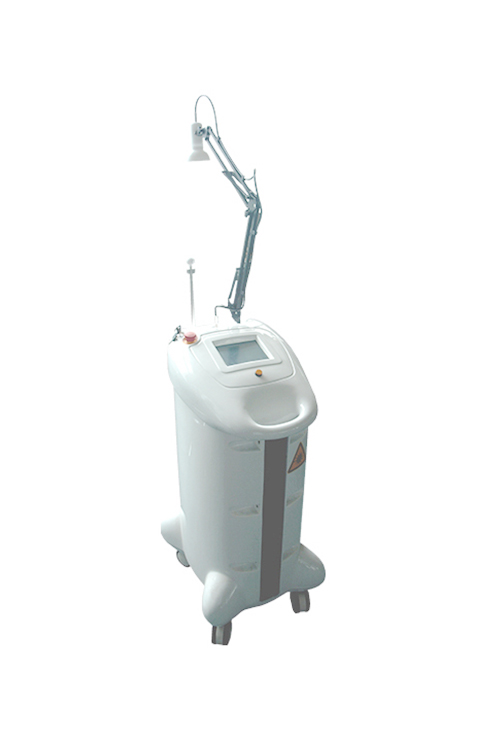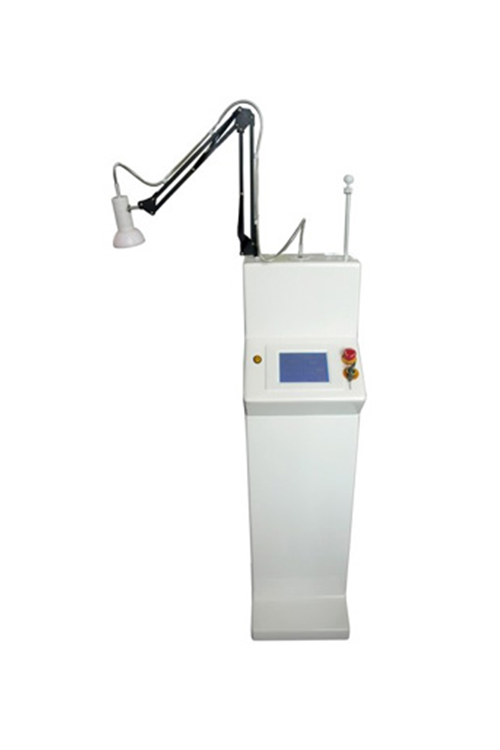
Service Hotline

Introduction
- Categories:PDT
- Time of issue:2021-07-20 16:38:24
- Views:0
In 1999, the first national PDT study class was successfully held in Hubei Provincial People's Hospital.
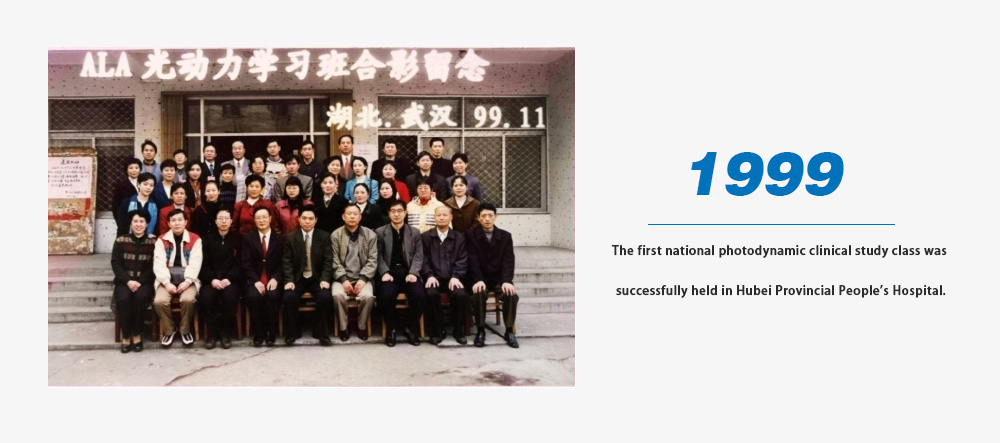
Commonly used PDT equipment
Fundamental
PDT is a new technology that uses PDT effects for disease diagnosis and treatment.The basis of its action is the PDT effect. This is a photosensitization reaction accompanied by biological effects involving aerobic molecules. The process is that the specific wavelength of laser irradiation causes the photosensitizer absorbed by the tissue to be excited, and the excited photosensitizer transfers energy to the surrounding oxygen to generate singlet oxygen, which oxidizes the singlet oxygen and adjacent biological macromolecules. The reaction produces cytotoxicity, which in turn leads to damage and death of tumor cells. In clinic, PDT therapy is often used to diagnose and treat tumors.
What is PDT therapy?
◆PDT is also called photoirradiation therapy or photochemotherapy.
◆ is a new technology based on the interaction of light, photosensitizers, and oxygen, which utilizes PDT reactions for disease diagnosis and treatment.
PDT therapy mechanism of action
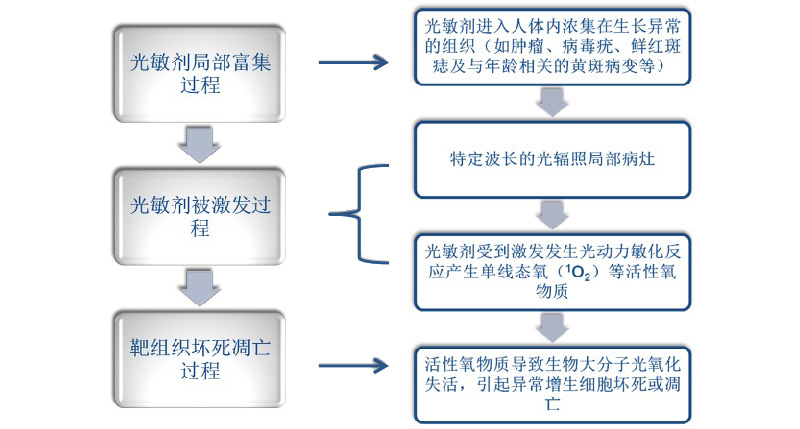
Clinical medicine
As a new technology for tumor treatment, PDT therapy has many important advantages compared with conventional methods such as surgery, chemotherapy, and radiotherapy, and it has increasingly shown an important role in the comprehensive treatment of tumors.
1, oropharyngeal cancer: early oral cancer and nasopharyngeal cancer have an effective rate of 75%-100%;
2. Esophageal cancer: radical treatment of early cancer; effectively improve the obstruction of advanced esophageal cancer; very effective treatment of cervical esophageal cancer; can treat submucosal disseminated esophageal cancer; for esophageal cancer that grows into the cavity and has been stented, Can eliminate intracavitary tumors;
3, Barrett's esophagus: not only can effectively eliminate Barrett's esophageal epithelium, but also can treat early esophageal adenocarcinoma;
4. Lung cancer: For early bronchial cancer, the cure rate is 90%, and for advanced obstructive bronchial cancer, the improvement rate is 85%;
5. Gastric cancer: For early gastric cancer, the radical cure rate is 85%; it can effectively improve the symptoms of advanced gastric cancer;
6. Bladder cancer: radical treatment of carcinoma in situ, 71% effective for advanced cancer;
Other effective cancers: colorectal cancer, cholangiocarcinoma, especially for hilar cholangiocarcinoma, pancreatic cancer and ampullary cancer, abdominal cavity tumor, pleural and peritoneal mesothelioma, liver cancer, brain tumor, urogenital cancer;
Compared with conventional treatments such as surgery, chemotherapy, and radiotherapy, PDT therapy has the following important advantages:
The trauma is minimal. With the help of optical fibers, endoscopes and other interventional technologies, the laser can be guided deep into the body for treatment, avoiding the trauma and pain caused by operations such as thoracotomy and laparotomy.
Low toxicity.PDT drugs that enter the tissues can only cause a phototoxic reaction to kill tumor cells when they reach a certain concentration and are irradiated with sufficient light. This is a local treatment method. The part of the human body that is not irradiated by light does not produce this kind of reaction. The organs and tissues of other parts of the human body are not damaged, and the hematopoietic function is not affected. Therefore, the toxic and side effects of PDT therapy are very low.
Good selectivity. The main target of PDT therapy is the diseased tissue in the illuminated area, and the damage to the normal tissue around the lesion is slight. This selective killing effect is difficult to achieve by many other treatment methods.
Good applicability. PDT therapy is effective for cancer tissues of different cell types and has a wide range of applications. However, cancer tissues of different cell types have large differences in sensitivity to radiotherapy and chemotherapy, and their application is limited.
The treatment can be repeated. Cancer cells are not resistant to photosensitizing drugs, and patients will not increase toxicity due to multiple PDT treatments, so the treatment can be repeated.
For advanced cancer patients, or cancer patients who cannot receive surgical treatment due to advanced age, cardiopulmonary liver and kidney dysfunction, and hemophilia, PDT therapy is a palliative treatment that can effectively relieve pain, improve quality of life, and prolong life.
can cooperate with surgery to improve curative effect. For some tumors, surgical removal first, followed by PDT therapy, can further eliminate residual cancer cells, reduce the chance of recurrence, and improve the thoroughness of the operation; for other tumors, it is possible to perform PDT therapy first to shrink the tumor. Re-excision, expand the indications of surgery, and improve the success rate of surgery.
can eliminate occult cancer lesions. Clinically, some tumors, such as transitional cell carcinoma of the bladder, may have scattered tiny cancer nests that are invisible to the naked eye outside the main lesions. Conventional treatment methods can only remove the main lesions and cannot do anything about occult cancer nests. The method of irradiating the surface of the bladder after it is filled eliminates all possible small lesions, thereby greatly reducing the chance of tumor recurrence.
can protect appearance and vital organ function. For facial skin cancer, oral cancer, penile cancer, cervical cancer, etc., the application of PDT therapy may reduce the damage to the epithelial structure of the diseased organ and the collagen scaffold as much as possible while effectively killing the cancer tissue, so that the wound will heal The appearance is less affected, and the appearance of the organs is intact and normal physiological functions are maintained.
The treatment time is short. Due to the mild trauma of PDT therapy and low toxic and side effects, the patient recovers quickly after treatment and the hospital stay is shortened.
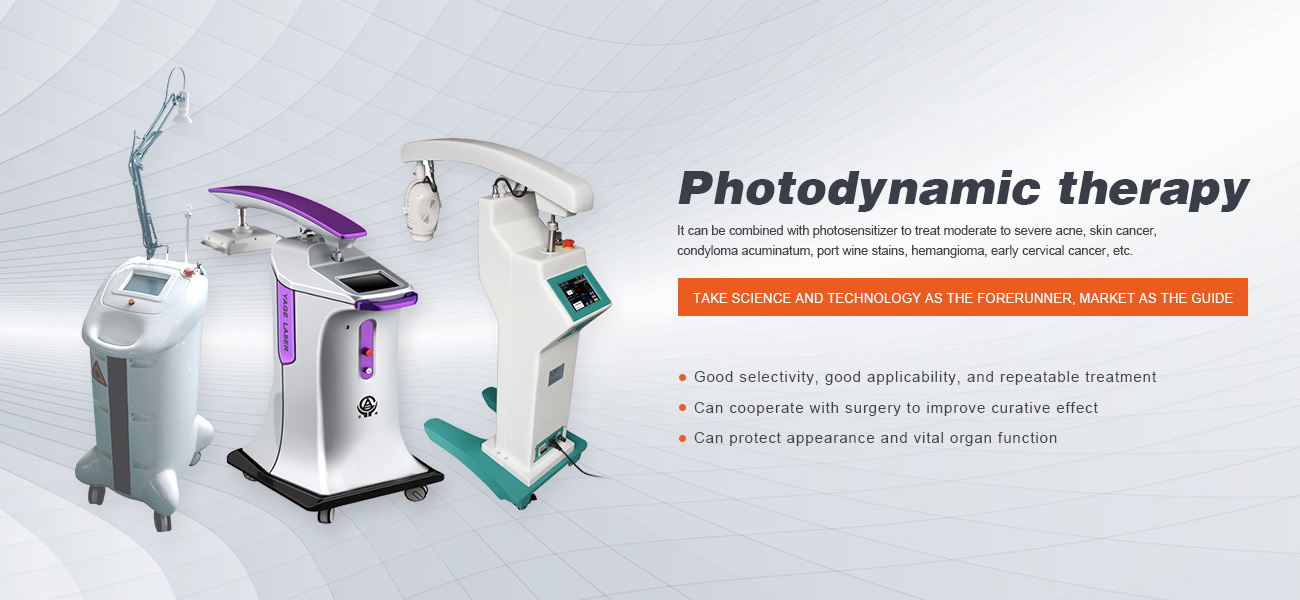
MESSAGE
底部留言
Wuhan Yage optic & Electronic Co.,ltd.
Add: No. 159, Zhushan Lake Avenue, Wuhan Economic and Technological Development Zone
E-mail:yagelaser@vip.163.com


Mobile site
MESSAGE
底部留言
Wuhan Yage optic & Electronic Co.,ltd.
Add: No. 159, Zhushan Lake Avenue, Wuhan Economic and Technological Development Zone
Tel:+86-18995503585 +86-27-84472573
E-mail:yagelaser@vip.163.com

Home | About | R&D | Products | Photodynamics | Light health | Contact
Copyright © Wuhan Yage optic & Electronic Co.,ltd. All Rights Reserved 京ICP证000000号
Copyright © Wuhan Yage optic & Electronic Co.,ltd. All Rights Reserved




